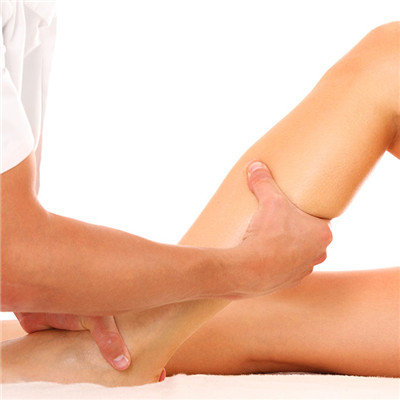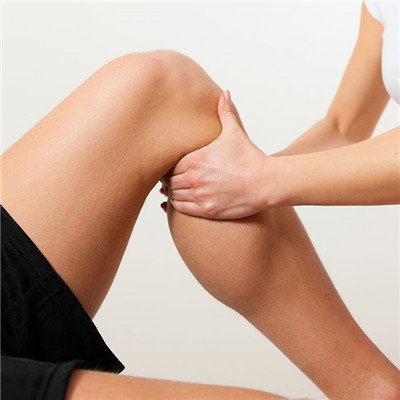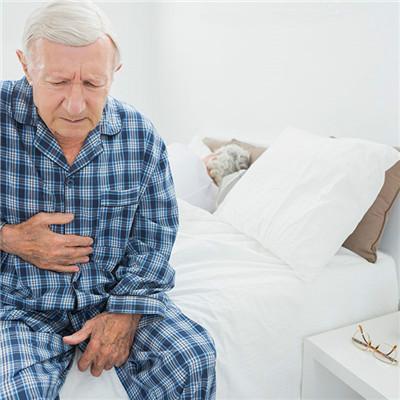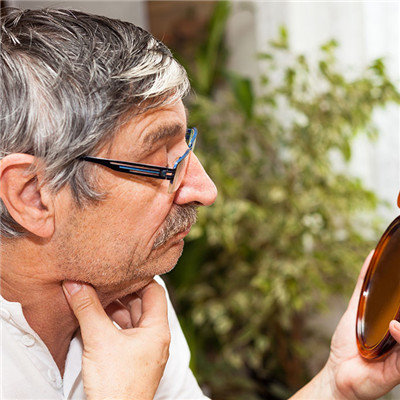Synovitis symptoms?
summary
Knee joint is the most synovial joint in the whole body, so synovitis is more common in knee joint. When the knee joint is directly hit by violence, long-term load-bearing, chronic strain, indirect knee sprain, injury in the operation process, severe sports activities or super intensity training, incorrect habitual movements, joint degeneration, knee joint reflexes, and even improper wearing of shoes can be caused. Synovitis symptoms? Let's talk about it
Synovitis symptoms?
The main symptoms were joint pain, joint swelling was not significant or accompanied by mild swelling, creaking and bouncing when walking, joint pain or discomfort when going up and down stairs or exerting force; When walking for a long time, the joints feel feverish and stiff, and the pain is aggravated.

Joint swelling, pain is not significant, squatting or bending discomfort, individual patients with muscle atrophy, swelling after excessive exercise. The symptoms were mild in the morning and aggravated in the evening; Can't walk for a long time, walk more crus will appear sour feeling, effusion increased.

Joint swelling and pain were significant, accompanied by effusion, bone spur and free bone. Joint pain, swelling significantly, up and down the stairs more significant, stiff and inflexible, there is a creak when flowing. Chondromalacia patella type: when walking, the joints are weak and weak, when running, the legs are soft, unable to stretch and bend. The pain aggravated when going downstairs and disappeared at rest.

matters needing attention
Long term, excessive and intense exercise or activity is one of the basic causes of synovial degeneration. Especially for heavy-duty joints (such as knee joint and hip joint), excessive movement increases the stress on the joint surface and aggravates the wear. Long term strenuous exercise can also make the bone and surrounding soft tissue excessively stressed and stretched, resulting in local soft tissue damage and uneven stress on the bone, leading to bone hyperplasia.






